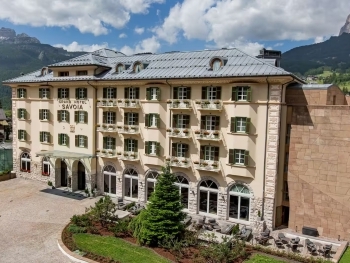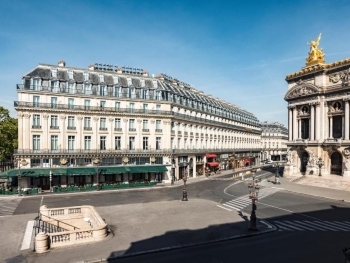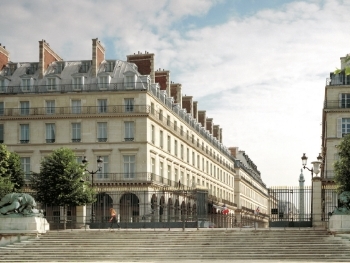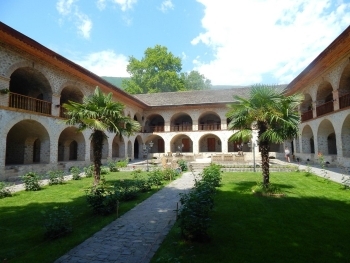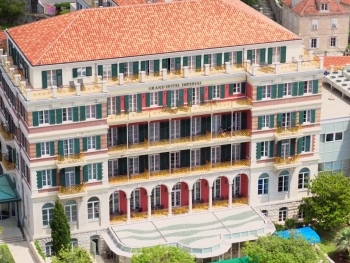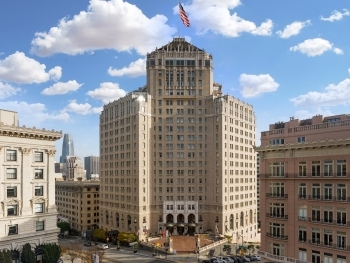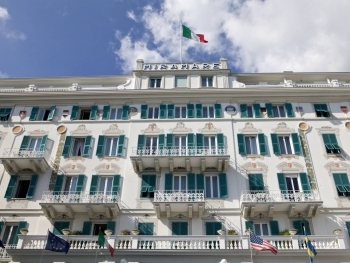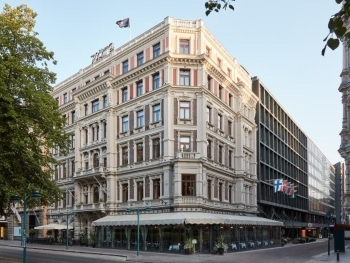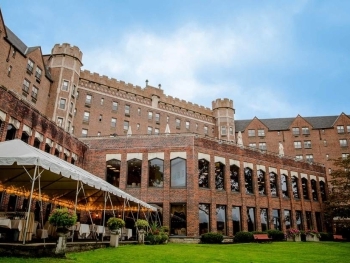The Mills House, located in the heart of Charleston, South Carolina, is a historic hotel that epitomizes Southern charm and elegance. Known for its pink façade, intricate ironwork, and storied past, the Mills House has been a witness to the city's rich history since its construction in the mid-19th century. This article delves into the architectural significance, historical events, and cultural impact of this iconic establishment.
Architectural Significance
Design and Construction
The Mills House, originally known as the Mills House Hotel, was built in 1853 by Otis Mills, a local merchant and entrepreneur. Designed by renowned architect John E. Earle, the hotel exemplifies the Greek Revival style that was popular in the antebellum South. The building features a distinctive pink stucco exterior, a common color in Charleston’s historic district, which adds to its visual appeal.
The architecture of the Mills House is characterized by its symmetrical façade, grand columns, and ornate ironwork. The iron balconies and railings were crafted by local blacksmiths, showcasing the high level of craftsmanship prevalent in Charleston during that period. The hotel’s interior boasted luxurious amenities, including a grand ballroom, elegant dining rooms, and well-appointed guest rooms, making it one of the finest hotels in the South.
Renovations and Restorations
Over the years, the Mills House has undergone several renovations to preserve its historic charm while incorporating modern conveniences. One of the most significant restorations took place in the 1960s, led by architect Albert Simons, who aimed to restore the hotel to its former glory while updating it to meet contemporary standards. This restoration preserved many of the original architectural elements, such as the wrought-iron balconies and grand staircase, ensuring that the Mills House retained its historic character.
In recent years, the hotel has continued to undergo renovations to enhance the guest experience. These updates have included the refurbishment of guest rooms, the modernization of common areas, and the addition of new amenities, all while maintaining the historic integrity of the building.
Historical Significance
Civil War Era
The Mills House played a crucial role during the Civil War, serving as a headquarters for Confederate officers and a refuge for displaced citizens. In December 1861, the Great Fire of Charleston ravaged the city, destroying many buildings, but the Mills House miraculously survived with minimal damage. Its sturdy construction and strategic location made it a critical site during this tumultuous period.
The hotel also hosted notable figures such as General Robert E. Lee, who stayed at the Mills House during his visits to Charleston. The presence of such prominent individuals further cemented the hotel’s status as a significant landmark in the city’s history.
Post-Civil War to 20th Century
Following the Civil War, the Mills House continued to serve as a hub of social and political activity. In the late 19th and early 20th centuries, the hotel welcomed numerous dignitaries, politicians, and celebrities. Its reputation as a premier destination for travelers remained intact, contributing to Charleston’s allure as a historic and cultural center.
During the early 20th century, the Mills House faced challenges common to many historic properties, including financial difficulties and changing ownership. Despite these challenges, the hotel managed to preserve its historic charm and continued to attract guests seeking a glimpse into Charleston’s storied past.
Cultural Impact
Literary and Artistic Connections
The Mills House has inspired numerous artists, writers, and filmmakers over the years. Its picturesque façade and historic ambiance have made it a popular subject for painters and photographers. Additionally, the hotel has been featured in various literary works and films, further embedding it in the cultural fabric of Charleston.
One notable literary connection is with Pat Conroy, a celebrated Southern author whose works often draw upon the rich history and culture of Charleston. The Mills House, with its evocative atmosphere and historical significance, serves as a quintessential backdrop for stories set in the South.
Social Hub
Throughout its history, the Mills House has been a social hub for Charleston’s elite and visitors alike. The hotel’s grand ballroom has hosted countless weddings, galas, and events, making it a focal point for social gatherings in the city. Its elegant dining rooms and lounges have been popular meeting spots for locals and tourists, offering a taste of Southern hospitality and charm.
The hotel’s restaurants and bars have also played a significant role in Charleston’s culinary scene. The Barbadoes Room, a renowned restaurant within the Mills House, has been praised for its gourmet cuisine and historic setting, attracting food enthusiasts from near and far.
The Mills House in Charleston stands as a testament to the city’s rich history and enduring charm. Its architectural beauty, historical significance, and cultural impact make it a beloved landmark in the heart of Charleston’s historic district. As it continues to welcome guests from around the world, the Mills House remains a symbol of Southern hospitality and elegance, preserving the legacy of Charleston for future generations.
Whether you are a history enthusiast, an architecture aficionado, or simply a traveler seeking a unique and memorable experience, the Mills House offers a glimpse into the past while providing the comforts of modern luxury. Its storied halls and grand façade invite visitors to step back in time and immerse themselves in the captivating history of Charleston.

